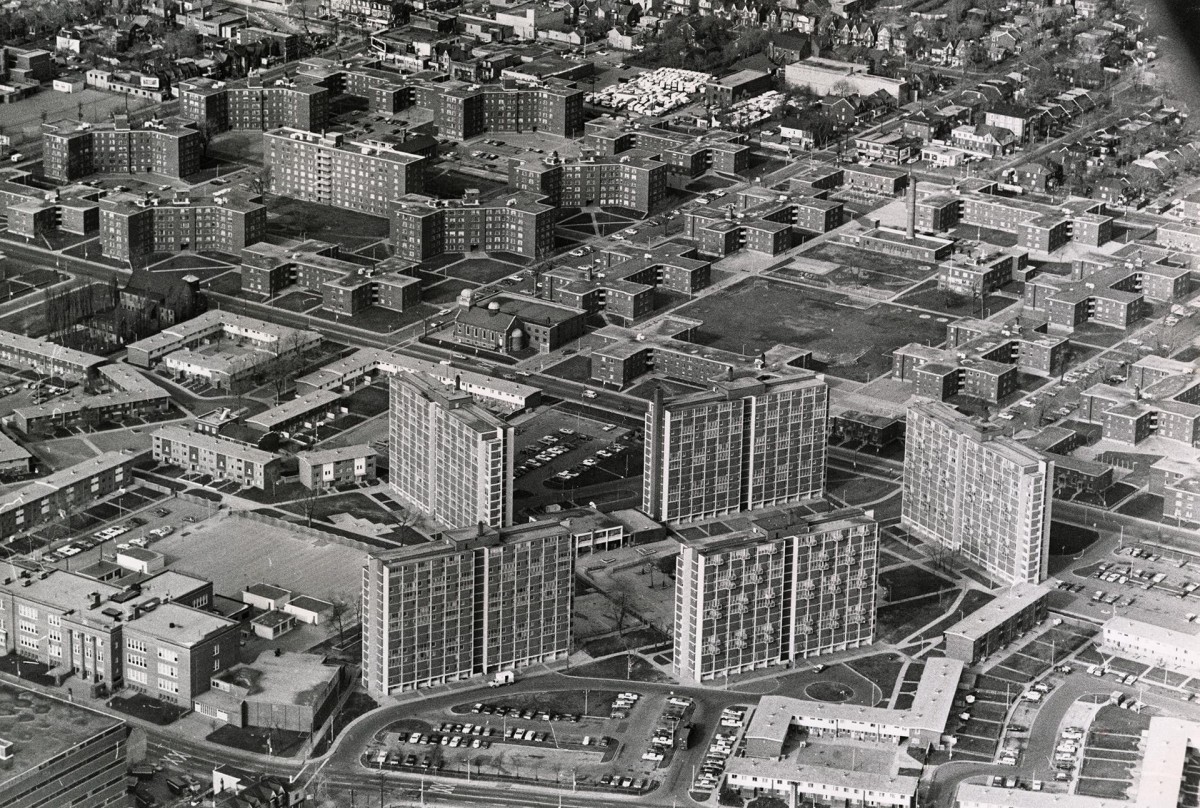- cross-posted to:
- [email protected]
- cross-posted to:
- [email protected]
The evidence is clear: Canada’s housing crisis is not a simple supply and demand problem. It is a problem of who owns our homes and why. By focusing almost exclusively on expanding supply through the private sector the NHS has given our housing system over to predaceous investors while deeply indebting everyday Canadians.
The problem is that we’re now forty years into neoliberal orthodoxy. There’s been two or three generations of policymakers, politicians and bureaucrats who cannot even conceive of publicly-funded, publicly-run services and solutions. I’ve been in meetings where this gets suggested and people look at you like you’re pants-on-head crazy for suggesting government just do it, soup to nuts.
Think about it: when was the last, realy, fully-public solution delivered? Not one where the private sector was bribed to do it, not one where the government gave tax breaks, not one where some douchebag got their name on the door.
You have to go back to the 1970s, at least. Anything good, anything we built, was before 1980.
Thank you a lot for sharing this, because I didn’t know the history at all and this topic comes up south of the border as well. It’s good to have specific things to point to, success stories that we might be able to copy, if we could somehow get enough political willpower. Maybe one of these decades, up there or down here.
because I didn’t know the history at all
You and most of the people commenting on it.
Good on you for being willing to become more informed.
From 1972 onward, between 10-20 percent of all housing built in Canada was public, non-profit, or co-operative owned. These units came with various affordability covenants that anchored prices. Suddenly, private landlords had to compete with a robust public sector that prioritized affordability instead of wealth extraction, lowering costs for everyone.
…
Renters could have their monthly payments subsidized through the Assisted Rental Program (ARP).
…
Low-income folks who wanted to own a home could secure below-market rate mortgages directly from the federal government, or have their private mortgages subsidized through the Assisted Home Ownership Program (AHOP).
…
In Toronto, where participation in FHAP programs was high, real housing costs fell by 30 percent between 1974 and 1978.
no no no just do thirty year mortgages it’ll be fine
real housing costs fell by 30 percent between 1974 and 1978.
This line just hurt some people’s feelings very much… mom and pops! bro!
Is there something wrong with these people. Why are they pretending our Prime Minister didn’t clearly state he WILL NOT BRING DOWN HOUSING PRICES FOR OWNERS.
Any solution that costs home owners equity is not a acceptable solution for the current government or essentially anyone else you can currently vote for. That conversation is over, if people want affordable housing they’ll have to wait till the majority of Canadians are willing to vote for something that involves housing prices going down and probably proper representation.
This is not the type of conversation that’ll do anything for the housing problem. People need to move from fantasy to realistic approach to solving problems.




